#polish history
Text
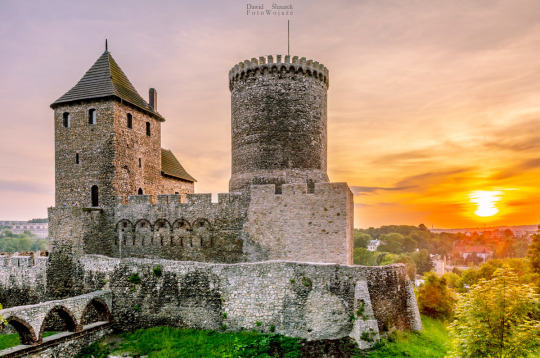
Będzin Castle, Poland by Dawid Ślusarek
#będzin#castle#castles#poland#europe#casimir iii the great#middle ages#travel#wanderlust#kazimierz wielki#architecture#landscape#landscape photography#tourism#explore#travelgram#travel destinations#polish history#historyblr#rzeczpospolita
94 notes
·
View notes
Text


We need more pink buildings 🤍
Pictures taken in Przemyśl and Warsaw
#architecture#pink#pinkcore#poland#polish history#pink aesthetic#olga's diary#neoclassicism#european architecture#light academia#dark academia#polish architecture#warsaw#classical architecture#my post#my photography#light academism#light aes#soft aesthetic#aesthetics#buildings#pretty building#pretty architecture#old architecture#cityphotography#Europe#dark academia aesthetic#light academia aesthetic
741 notes
·
View notes
Text
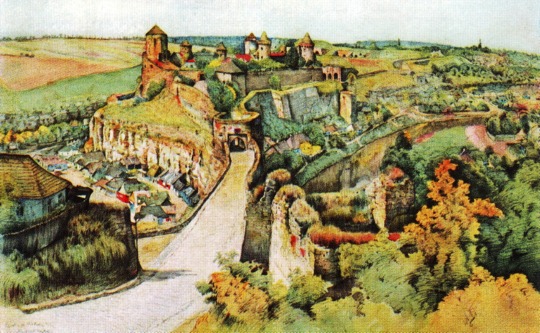
Kamianets-Podilskyi. The Old Fortress. The Castle (Turkish) Bridge
by a Polish artist, Marian Trzebiński (1871-1942), drawing from 1912
#kamianets podilskyi#kamieniec podolski#кам'янець подільський#ukraine#ukrainian lanscape#ukrainian history#polish history#polish art#trylogia#pan wołodyjowski#art#traditional art#lanscape art
98 notes
·
View notes
Text

I need to start shitposting about history more😔😔😔
#lgbt#history#gay history#templar order#knights templar#polish history#trylogia#ogniem i mieczem#jan skrzetuski
108 notes
·
View notes
Text


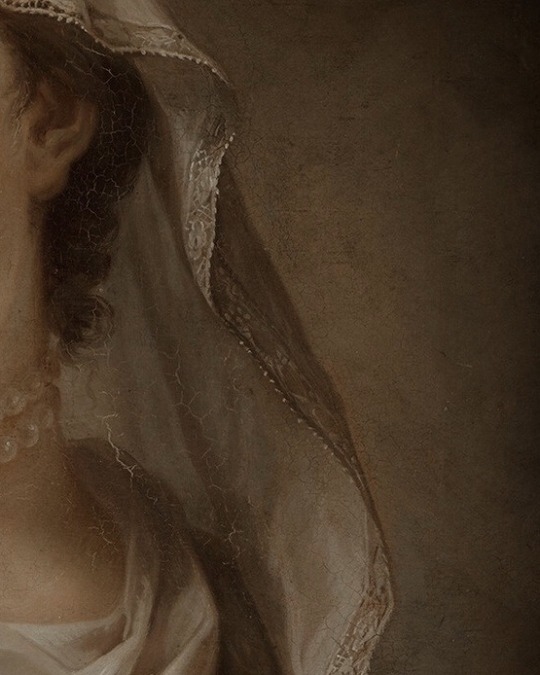
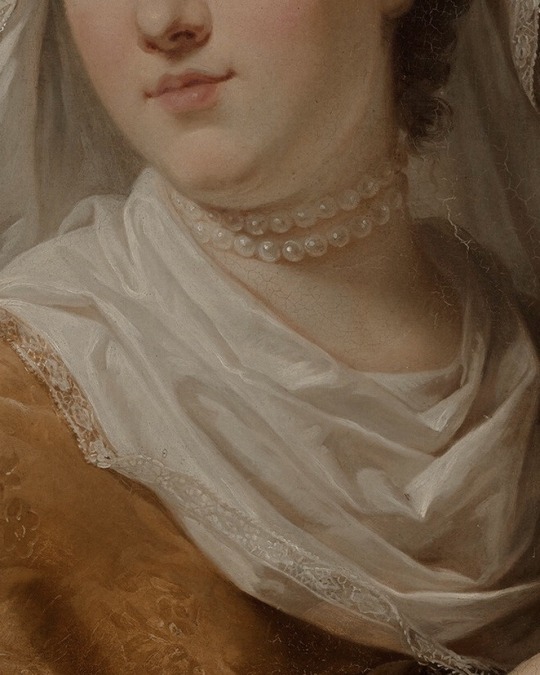
💌 Details of the painting of Poland’s first female monarch, Jadwiga of Anjou (1384–1399), by Italian-Polish painter, Marcello Bacciarelli, circa 1768–1771.
#jadwiga of poland#hedwig of poland#polish history#history#royalty#historic#royal family#royals#middle ages#medieval history#medieval#female history#women history#history of poland#historical painting#painting detail#painting#paintings#poland#🇵🇱#female royals#women in history
1K notes
·
View notes
Text

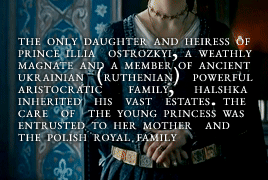


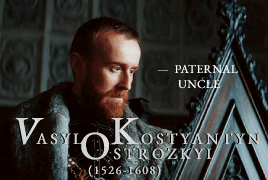
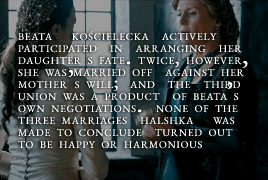

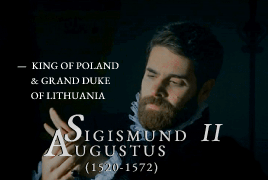
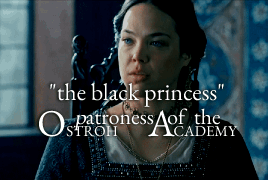
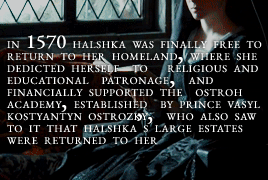
— 19th of NOVEMBER 1539, birth of HALSHKA (Elyzaveta, Elżbieta) OSTROZKA (OSTROGSKA), "the Black Princess"
Born on feast day of St. Elizabeth, she was christened Elżbieta, Elyzaveta, or Halshka (under this latter name she came down into history). Halshka’s father was Prince Illia Ostrozkyi (Ostrogski), a weathly magnate and a member of ancient Ukrainian (Ruthenian) powerful aristocratic family, that traced their origins back to the semi-legendary prince Rurik. The representatives of this family held great offices in the Grand Duchy of Lithuania and the Kingdom of Poland. At the royal court in Krakow, Illia Ostrozkyi met Beata Kościelecka, a notable beaty, and, according to the rumours, an illegitimate daughter of King Sigismund I of Poland. The couple was married in 1538, but their happiness did not last long: Illia was wounded during the tournament, and died soon after, in August 1539. In November Beata gave birth to their only child, a daughter.
According to her father’s will, Halshka stood to inherit half of his vast estates (including the cities of Ostroh and half of Rivne, along with many more), that were to be under her mother’s control until the heiress reached adulthood. Beata was also to keep control of her husband’s younger half brother’s Vasyl’s inheritance. The latter, who was to become powerful magnate and patron of religion and education under the name of Vasyl Kostyantyn Ostrozkyi (Ostrogski), soon took measures to retain the power of his estates his estates and rule them on his own. In his testament, Illia had also entrusted the care of his daughter to the King Sigismund, his wife, Queen Bona Sforza, and their son, Sigismund II Augustus.
Since Halshka was the recipient of such a magnificent inheritance, it soon became a matter of almost national importance to find her a suitable husband. Here, the interests of Lithuanian and Polish nobility also clashed. Suitors, eager for wealth and influence were not slow to appear. Among them were Dymitr Sanguszko, starost of Kaniv, Cherkasy and Zhytomyr, Jan Mielecki, voivode of Podilia, and even, according to a legend, Dmytro Vyshnevetskyi, the famous founder of the first stronghold on the Khortytsya island. Halshka’s uncle, Vasyl Kostyantyn Ostrozkyi, who was gradually growing in power, supported the candidature of Dymitr Sanguszko, while both the King of Poland and Beata Kościelecka were against him. Sanguszko married Halshka all the same, but was soon sentenced to infamy (deprivation of noble status and threat of death sentence if he did not agree to annul his marriage), and murdered.
The next match for Halshka, proposed by the King Sigismund II, was Łukasz Górka, voivode of Poznań, Kalisz, Łęczyca and Brześć Kujawski. Beata Kościelecka had at first agreed to it but later changed her mind towards this marriage. Once again, her protests availed nothing: the wedding took place in the presence of the royal family in Warsaw. Halshka was told that her mother agreed to the marriage, but when she learned that this was not the case, Princess appealed to the royal council to annul it, and fled to Lviv with Beata.
Halshka’s third union was orchestrated by Beata. This time the groom was Prince Siemion Slutski, who, for the sake of conspiracy, had to meet his bride in a monastery disguised as beggar. The couple wed in 1559, but this marriage was also short-lived. Though neither Halshka nor Beata regarded Łukasz Górka as the Princess’s true husband, Górka himself was evidently of different opinion. He rushed to Lviv with arms and took Halshka captive. Prince Siemion Slutski died in 1560. Górka placed Halshka – virtually a prisoner – in the castle of Szamotuły, near Poznań, where she spent fourteen years until his death, isolated from the world. It is said that during her imprisonment Halshka was wearing the black mourning robes, which was why she got nicknamed “the Black Princess”.
After the death of Łukasz Górka in 1573, Halshka Ostozka was finally free and able to return to her homeland. During the reign of Henri Valois as the King of Poland, Halshka’s uncle, Vasyl Kostyantyn Ostrozkyi saw to it that the estates, left to her by her father, were returned to the Princess. The rumours that Halshka has got insane during her confinement in Szamotuły, do not seem to be true, as in her later years she actively participated in the works of patronage, attended court hearings, and financially supported a prominent educational institution – the Ostroh Academy, established by Prince Vasyl Kostyantyn Ostrozkyi. She died in 1582, leaving her estates to Vasyl Kostyantyn.
Halshka Ostozka was said to be a remarkable beauty, but sadly none of her life portraits survived. She is featured in famous painting Kazanie Skargi (Sermon of Piotr Skarga, painted in 1862-64) by Jan Matejko, where Halshka is depicted as a young richly dressed woman, covering her forehead with her hand in sad contemplation; she is placed a little behind Anna Jagiellonka, sister to Sigismund II, and once Queen of Poland.
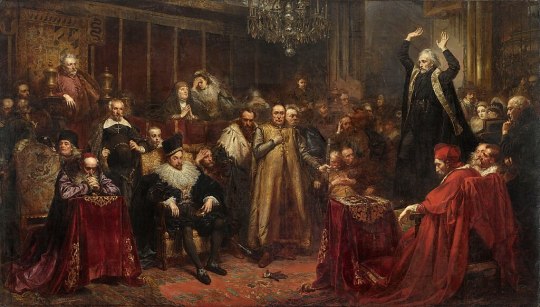
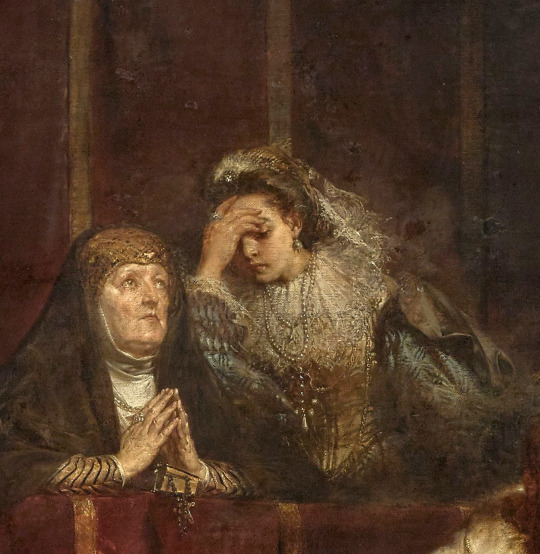

Another renown portrait of Halshka Ostrozka was painted in 1996 by Ukrainian artist Yurii Nikitin, who did a research among the portraits of Ostrozky family. The portrait features a young serious woman with delicate features, dressed in strict black gown, adorned with rich jewels, and a white headwear that covers her hair and neck closely. In her hand she is holding a book – most likely a Holy Scripture.
#historyedit#history#halshka ostrozka#elzbieta ostrogska#ukrainian history#polish history#perioddramaedit#sigismund i of poland#sigismund ii augustus#vasyl kostyantyn ostrozkyi#jan matejko#yurii nikitin#perioddramagif#women in history#weloveperioddrama#gifshistorical#tusereliza#userfefa#perioddramasource#my edit#not to be unhumble but i'm so proud of myself for making this edit
100 notes
·
View notes
Text
Everyone keeps saying my Pepi drawings are adorable, but they don’t know I can make Pepi EVEN MORE adorable >:)))
BEHOLD, THE CHIBI PEPI!
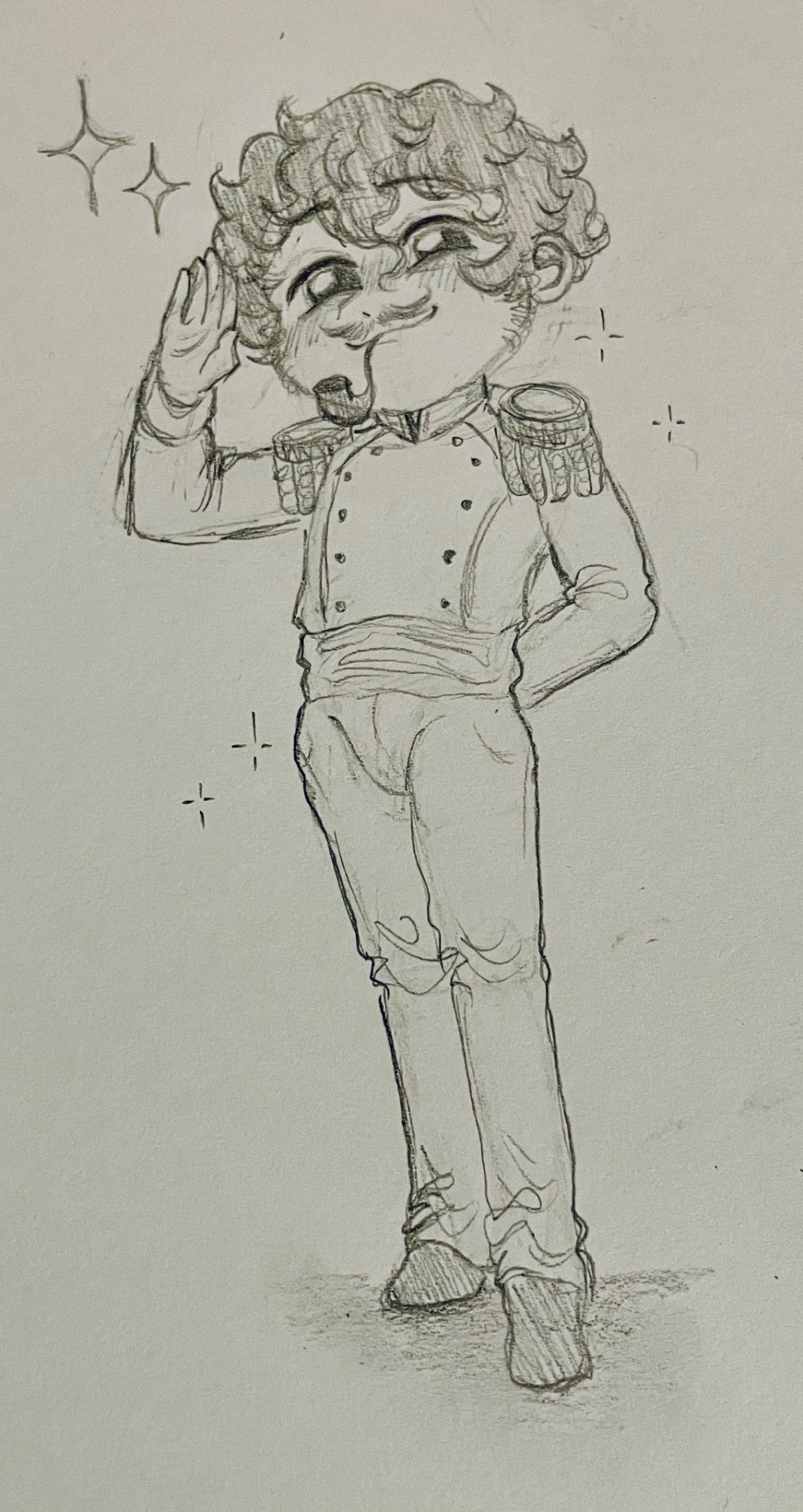
Goddamit I can’t draw weapons :((

That’s it. Pa paaa~ (It means bye bye in Polish)
#drawing#duchyofwarsaw#napoleonic era#polish history#poniatowski#sketch#jozef poniatowski#księstwowarszawskie#józef poniatowski#józefponiatowski#chibi art#cute chibi#napoleon’s marshals#napoleonic shitpost#cutest maréchal ever#traditional drawing#traditional sketch
77 notes
·
View notes
Text

Jan Matejko, Bitwa pod Grunwaldem (The Battle of Grunwald) [fragment]
1878, oil on canvas,
#poland#polish art#polish culture#polish paintings#polish painters#european art#polska#19th century art#polish history#jan matejko#matejko#grunwald
65 notes
·
View notes
Text
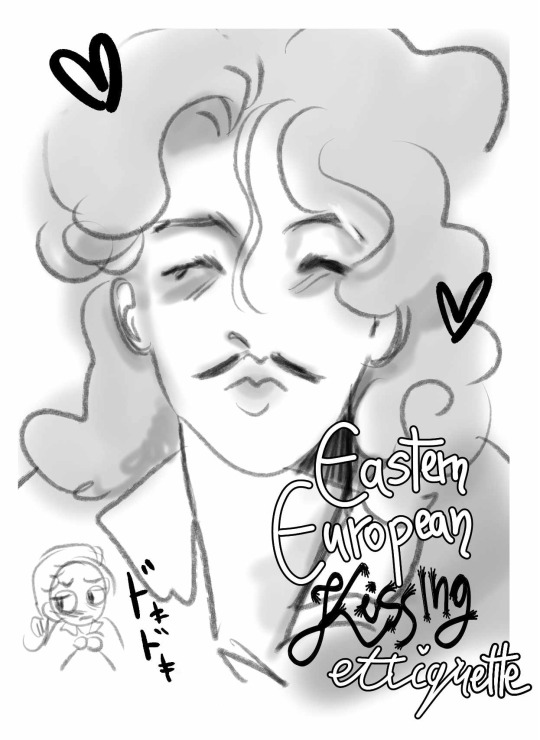





The culture of kissing in the 18th century varies regionally, although in the culture of Eastern Europe, including the Polish-Lithuanian Commonwealth, kissing another man was not associated with romance and was common among people of both sexes. Representatives of the upper classes kissed as a sign of friendship, humility and respect, and the places of kissing were differentiated depending on status, age, level of relationship and the ceremony of the meeting. Friends often kissed each other on the face, neck or shoulders. It was common to kiss hands, and the greatest sign of respect was kissing knees or shoes. There were often kiss fights in which nobles tried to show humility trough a kiss, so often one tried to kiss the other "more and lower".
Something unbelievable for 18th century French man.
#freeform#paul bentalou#casimir pulaski#michael kovats de fabriczy#polish history#american history#historical art#history#american revolution#amrev#18th century
42 notes
·
View notes
Text
Rulers of Poland Tournament
Greetings! It is I, The Interrex, and mod of this poll bracket (he/him). This is a tournament that pits former crowned rulers of what could have, at least vaguely, kinda-sorta, retrospectively, been described as Poland, against each other.
some more about the rules and contestants:
all crowned kings automatically qualify (this includes Jadwiga and Anna Jagiellonka. this does not include Wacław III)
included are also prominent princes and dukes who ruled single-handedly over the same territory as the crowned kings
we are ignoring everything to do with Rozbicie Dzielnicowe (doing a seperate bracket in the future for just those guys is on the table)
given the above-listed criteria, the number of contestants tallied up to 35. so queen Bona is here as well
the polls all last a week so that there is proper time for deliberation. the well-being of our Commonwealth is at stake after all!
propaganda & anti-propaganda is not only allowed but welcome. please keep it a) true [no historical misinformation] b) civil
Final coming soon!
inspired by @bitwa-lektur-szkolnych, @polish-art-tournament and @ostateczny-polak-turnament
80 notes
·
View notes
Text
Time Travel Question 39: Medievalish and Earlier 6
These Questions are the result of suggestions from the previous iteration.
This category may include suggestions made too late to fall into the correct earlier time grouping. Basically, I'd already moved on to human history, but I'd periodically get a pre-homin suggestion, hence the occasional random item waaay out of it's time period, rather than reopen the category.
In some cases a culture lasted a really long time and I grouped them by whether it was likely the later or earlier grouping made the most sense with the information I had. (Invention ofs tend to fall in an earlier grouping if it's still open. Ones that imply height of or just before something tend to get grouped later, but not always. Sometimes I'll split two different things from the same culture into different polls because they involve separate research goals or the like).
Please add new suggestions below if you have them for future consideration. All cultures and time periods welcome.
#Time Travel#The Pāla Empire#10th Century#The Jaintia Kingdom#700 CE#15th Century#Polish History#Indian History#Middle Ages#Greek Fire#East Roman Empire#Western Asian History#Loki#History of Religion#Indigenous History#The Americas
77 notes
·
View notes
Text
Old school gaming -- Nine Men’s Morris, aka Nine Man Morris, Mill, Merels, etc. The design of the game board is seen commonly in medieval art and it was carved into stone in many places.

#medieval#board game#nine men’s morris#castle#archaeology#gaming history#nine man morris#mill#merels#Poland#Polish history#Ćmielów Castle#16th century
86 notes
·
View notes
Text
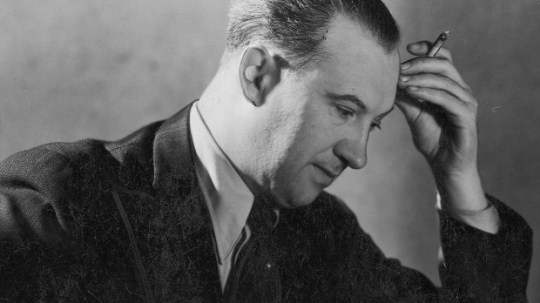
Mieczysław Krawicz (deceased)
Gender: Male
Sexuality: Gay
DOB: 2 February 1893
RIP: 17 September 1944
Ethnicity: White - Polish
Occupation: Director, screenwriter
#Mieczysław Krawicz#Mieczyslaw Krawicz#lgbt#lgbtq#queer history#queerness#lgbtqia#lgbt history#gay history#polish history#mlm#male#gay#1893#rip#historical#white#polish#screenwriter#director
31 notes
·
View notes
Text
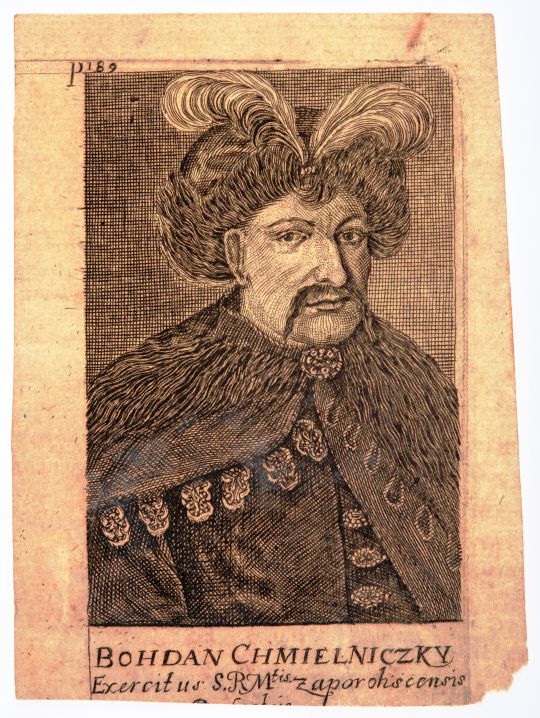
Anonymous portrait of Bohdan Z. Khmelnytsky (1595-1657), engraving, c. 1670-1750 (one from the earliest preserved images of this famous Cossack Hetman).
From the collection of the Museum in Nieborów and Arkadia (Poland).
@wanderer-on-the-steppe, specially for you!
#bohdan khmelnytskyi#bohdan chmielnicki#богдан хмельницький#ukrainian history#polish history#ukrainian heritage#hetmanship#art#17th century#cossack heroes#cossack art#cossacks#ogniem i mieczem#trylogia#trylogia sienkiewicza
45 notes
·
View notes
Text
round 3.7 poll 2


tap to view full images
Kucie kos (Scythe forging) from the series "Polonia" by Artur Grottger, 1863:
about the artist: grottger was a poor little meow meow who really wanted to participate in the uprising in 1863. he even came to lwów to join. but all his friends were like ARTUR BABY NO!!!!! YOU ARE A SICKLY CHILD (he was like 25 or something) so he stayed at home and while the uprising was happening he made the Polonia series depicting scenes from insurgents' lives. his brother was an insurgent and got exiled to siberia for it btw. and grottger also made a Lithuania series bc he was all about that Commonwealth restitution cause. and he continued to be obsessed with the uprising but who can blame him. i mean he also painted other things both historical and portraits of his contemporaries but this is what he is famous for i think
Pożegnanie Europy (Farewell to Europe) by Aleksander Sochaczewski, c.1894:
propaganda: Sochaczewski himself was sentenced to katorga and exile to siberia for 20 years and when he came back he painted many paintings portraying the traumatic experiences there. in this painting he portrayed himself and many of the people who shared the same fate, and showed how diverse the group was bc in this painting he shows the poles, the jews, the women, january uprising participants, common criminals, people from different social strata etc all condemned for the same punishment
52 notes
·
View notes